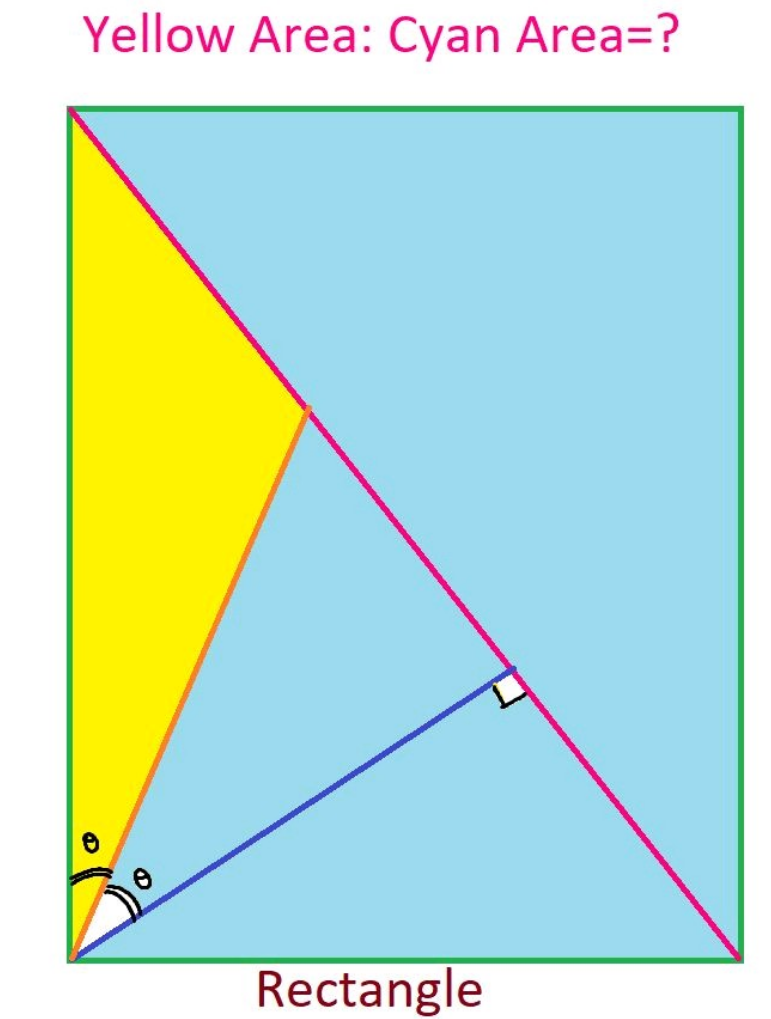
AllQuestion and Answers: Page 347
Question Number 186841 Answers: 0 Comments: 0

Question Number 186840 Answers: 1 Comments: 0
Question Number 186838 Answers: 3 Comments: 0

Question Number 186837 Answers: 0 Comments: 0

Question Number 186835 Answers: 0 Comments: 1

Question Number 186833 Answers: 1 Comments: 1

Question Number 186830 Answers: 1 Comments: 1

Question Number 186821 Answers: 1 Comments: 0

Question Number 188822 Answers: 1 Comments: 3
Question Number 186809 Answers: 1 Comments: 0

Question Number 186808 Answers: 0 Comments: 0

Question Number 186805 Answers: 1 Comments: 0

Question Number 186803 Answers: 1 Comments: 0

Question Number 186800 Answers: 0 Comments: 0
Question Number 186790 Answers: 0 Comments: 0
Question Number 186788 Answers: 1 Comments: 0

Question Number 186787 Answers: 0 Comments: 0

Question Number 186786 Answers: 0 Comments: 0

Question Number 186785 Answers: 0 Comments: 0

Question Number 186784 Answers: 1 Comments: 0

Question Number 186783 Answers: 0 Comments: 0

Question Number 186782 Answers: 3 Comments: 0

Question Number 186772 Answers: 0 Comments: 0
Question Number 186771 Answers: 2 Comments: 0
Question Number 186780 Answers: 1 Comments: 0
Question Number 186769 Answers: 0 Comments: 0
Pg 342 Pg 343 Pg 344 Pg 345 Pg 346 Pg 347 Pg 348 Pg 349 Pg 350 Pg 351
